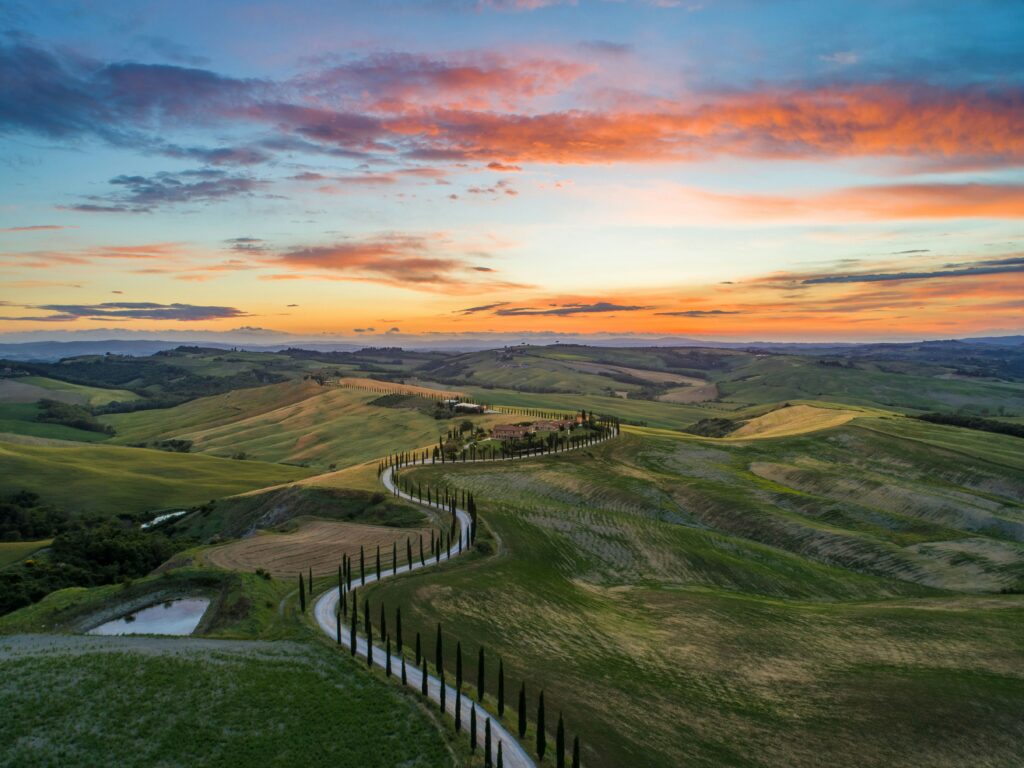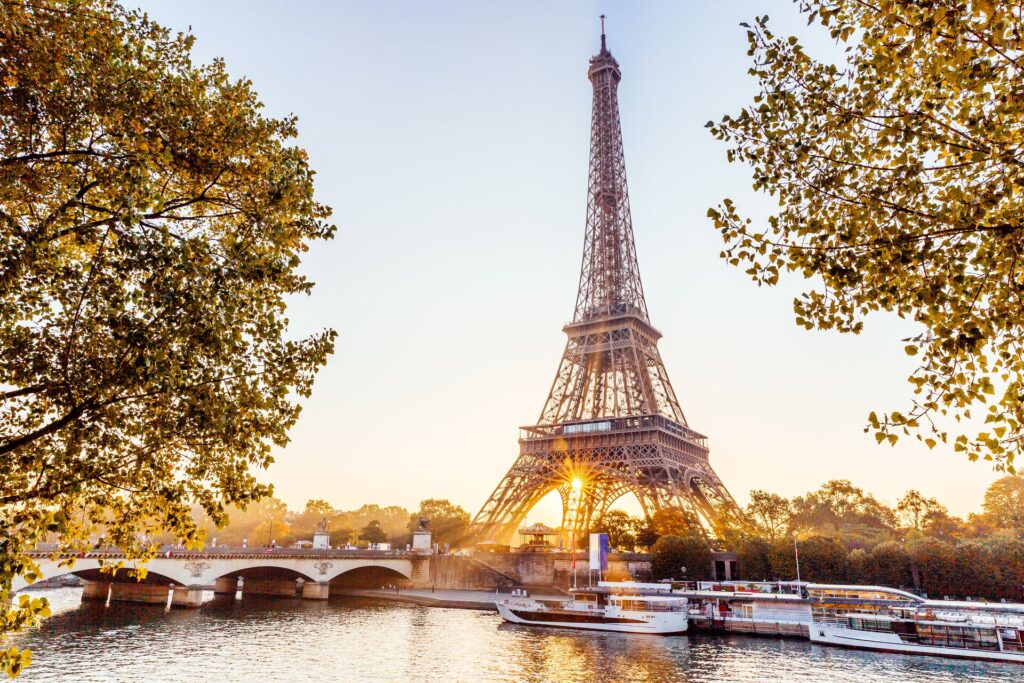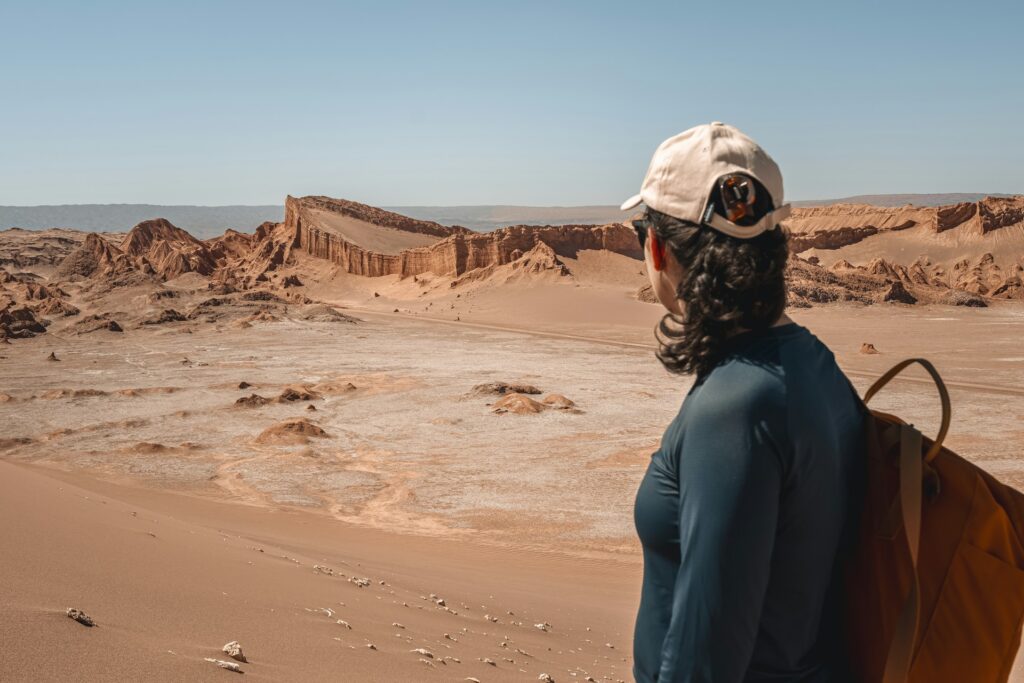Incan Peru – what comes to mind immediately is Machu Picchu. But this extraordinary site is just the tip of the iceberg when it comes to this ancient civilization’s remarkable legacy. Scattered across the Andean highlands lies evidence of a highly sophisticated grasp of astronomy. These remnants, and the study of them (named Archaeoastronomy), reveal a profound connection between Peru’s past and the night sky.
To explore this fascinating subject further, we spoke to Destination Expert Dante Martinez. He explains the deeper significance of these sites, and how Peru’s ancient people used the power of the sun and stars to prosper.
Discover Archaeoastronomy with Insight Vacations’ guided tours of Peru

DANTE, CAN YOU EXPLAIN THE TERM ‘ARCHAEOASTRONOMY?’
“When we’re talking about Archeoastronomy, we are making a reference to the study of astronomy but made by ancient cultures.
“One of the best places to see it is in the Sacred Valley of the Incas. The belief here is very strong: the river Urubamba in the native language is called ‘Willkamayu’, the literal translation is ‘Sacred River’. The river is sacred because it’s considered the reflection of the Milky Way. You see, the Sacred Valley is seen to be a piece of the sky, and the Inca places along the valley were designed in the shapes of animal constellations. In the archaeological site of Pisac, it’s supposed to be in the shape of a condor, and Ollantaytambo is in the shape of a llama, with the head of the llama exactly placed where the sun shines.”
You may also like: Why you need to visit Peru’s Sacred Valley
SO THE SUN IS SIGNIFICANT IN THE HISTORY OF PERU?
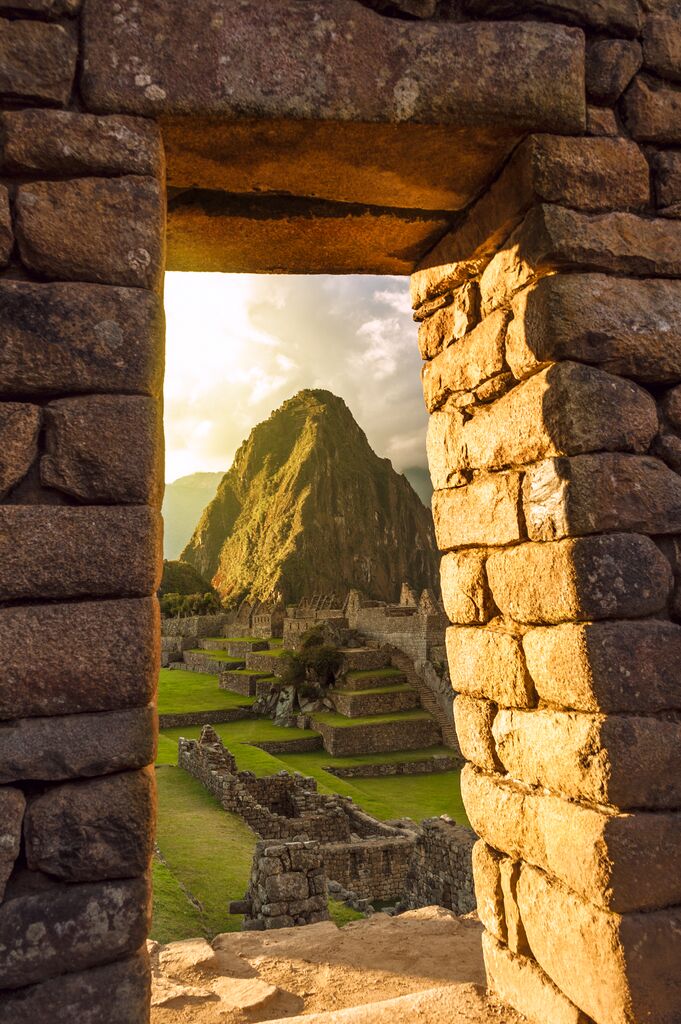
“Yes, and in many cultures of the world. If we’re thinking about Inca places, most of them are oriented to the sun rise to the east. The temples are facing the sun, some a little bit northeast for when the sun is shining for winter solstice, and some a little bit southeast when it’s coming for the summer solstice. So, there’s a perfect alignment. In Machu Picchu for example, the Temple of the Sun has two windows. The famous one we know, that is very clear, is for winter solstice. But we have also the second window, which not many people pay attention to. It’s the one facing the summer solstice.”
WHAT ARE SOME PLACES THAT PEOPLE COULD VISIT?
“We have Pisac which has a sundial on top. Though it has been destroyed by the Spanish, there are still remains of it. You have to do a hike of almost an hour to get there. We also have the Temple of the Sun in Cusco. There’s also another ‘Intihuatana’ (sundial) in , which is south of Cusco. This place has 12 buildings, six on the left, six on the right, and all of them are perfectly aligned to the right spot where the sun shines on the summer solstice on 22nd of December.”
WHY WAS THE SOLSTICE IMPORTANT?
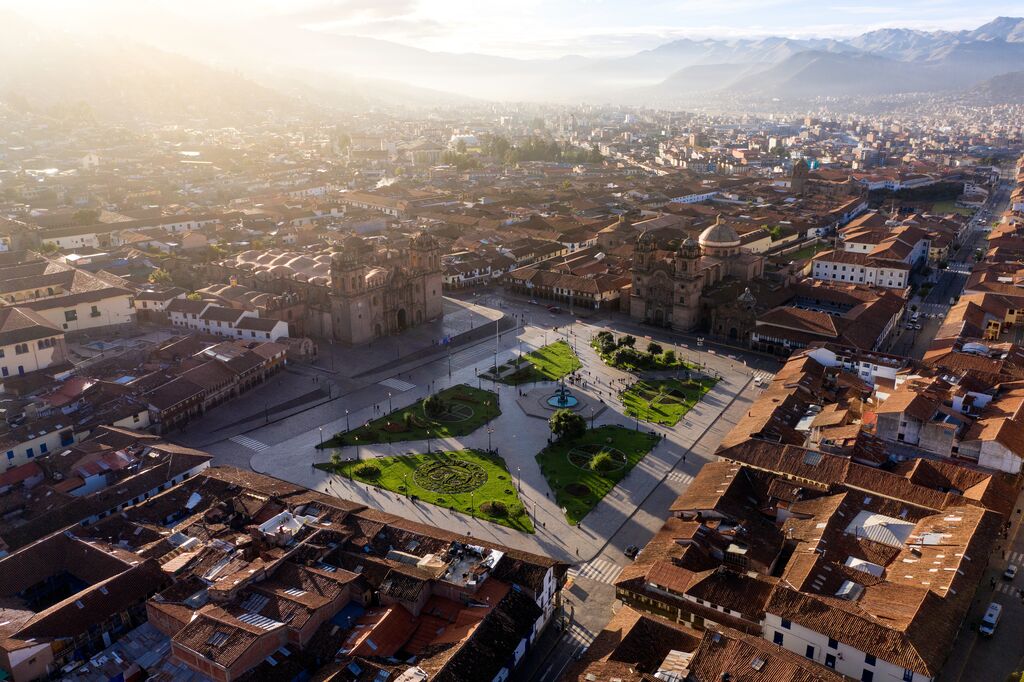
“Not just for the Incas but also the people before them, what they were doing was to try and understand these special solstice dates. The main reason was to know when it was going to be winter or summer, the rainy season or dry season. It’s what we may call ‘The calendar of the Incas’.
“The reason why the Incas gained success in all of South America is because they organised and administrated their time very well. It doesn’t make sense to farm when you have this dry season, or cold temperatures, compared to other times when you have a chance to make good crops. It’s how they made their wealth. Only once they had good agriculture and covered food for everybody could they then think about expanding their territory.”
You may also like: Keeping the old ways alive: Center for Traditional Textiles of Cusco
WAS IT IMPORTANT FOR ANYTHING ELSE?
“Well, these were the best days to show to everybody that they understood the Gods, and that the nation was powerful. On the 21st of June in Cusco, it was a massive celebration and they had people from all over the nation coming. The most important leaders from all over what is today Colombia, Ecuador, Bolivia, and Chile, were coming to Cusco.”
“They’d come with offerings, plenty of gold, silver, seashells, and spondylus, a kind of spiky oyster they had considered very valuable. Even parrots and domesticated pumas, were given as gifts for the Emperor. People came with the best clothing they had, and according to some records, even the Inca emperor ordered to have special clothing made only for that date, and only for that ceremony. He’d use it just once only for the ceremony and later he ordered to have it destroyed, so that nobody else could make the same one. These solstice celebrations were a good way to show the Inca power, to make sure everybody in the nation knows who is ruling, who has control of the sun, the moon and the connection with the gods.”
THIS IS ALL ABOUT THE INCA. BUT IN THE HISTORY OF PERU, THERE WERE PRE-INCA CIVILIZATIONS, RIGHT?

“I really, I really like that question. Because I feel that all we talk about today is the Incas. And remember, winners make the history, and the Spanish just knew about them only. But I feel there’s no possible way that the Incas, in only 300 years from the 1200s until the 1500s, could do all of this.
“Could you imagine that the great emperor Pachecuti could build Machu Picchu, Ollantaytambo, Temple of the Sun – he must have been so busy! I think he definitely gets so much credit and all the recognition, but he was just the one who took the Incas to the glorious times, and so the Incas gave all the credit to him. But in that short period of time of the Incas, even if they took the most brilliant minds of previous cultures, I don’t think they could’ve made all of this. This came before. They may have taken the remains from the culture before, and just built on top of what they had.”
You may also like: These history experiences will expand your knowledge of the ancient world
WHAT PRE-INCA STRUCTURES ARE THERE?
“There’s Chankillo, a monument where the towers show astronomical observations of the sun, like another calendar. That’s pre-Inca for sure. If we look at Ollantaytambo, there’s clear archaeological proof of a culture before – the Wari culture. They were there about 800 years before the Incas. Also in Caral, with the Caral civilization. Maybe the only place that could be just from the Incas is Machu Picchu, because nothing else like it has been found.
“As for the Nazca lines, which is something great, they were created by the culture Nazca. They were later on conquered by this Wari culture I just mentioned. The Wari culture kept doing them like the Nazca did, and once the Incas conquered the Wari, the Incas kept doing more lines too. So, whatever those lines are, they must have been very important for those cultures, as they’d keep doing and doing it one after the other.”
AND THE LINES, DO THEY HAVE AN ASTRONOMICAL CONNECTION?
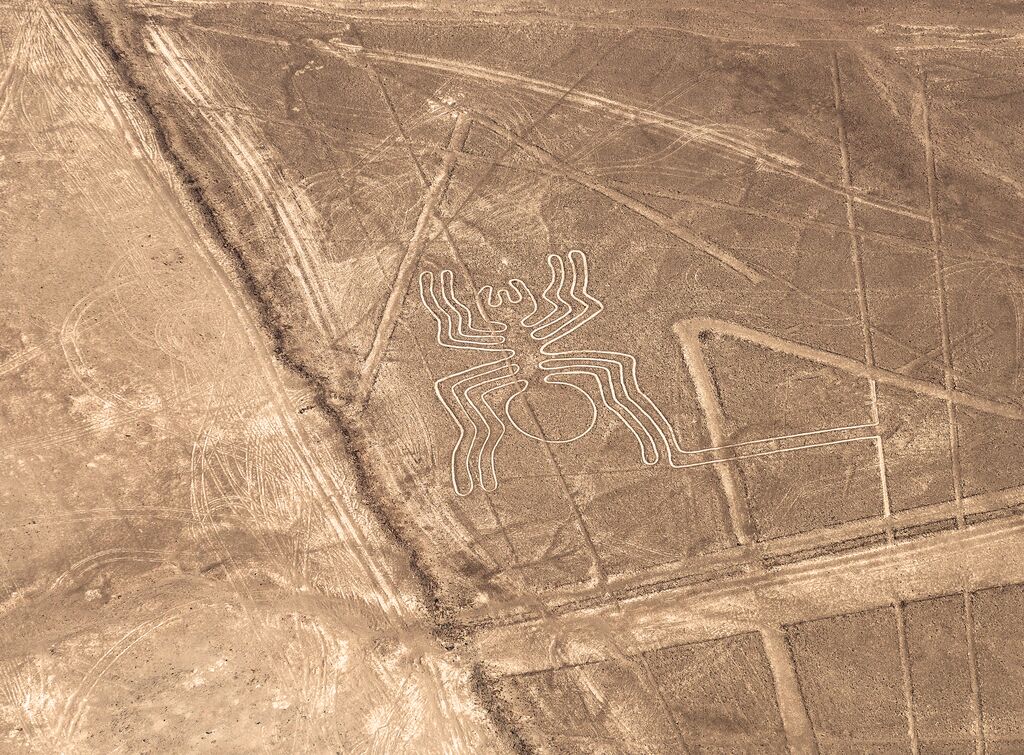
“The main theory we have to date it that they are a kind of celestial map. Some of the shapes represent the constellations we have in the sky. Also, some lines go for several kilometres, just oriented to the horizon to the just right spot where the sun comes for the winter solstice. So at least some of these lines are perfectly aligned. The famous shapes are the monkey, the spider, the Condor, the hummingbird, and so on. Some of the famous paintings inside of the Temple of the Sun show these Inca constellations too.
“Generally, in the Northern Hemisphere and the Western World, you make constellations by seeing many dots in the sky, joining them, and then making shapes of whatever you see there. But for my culture, how we make constellations is just very different. We’re looking at the dark shapes, or the negative spots on the Milky Way. The Incas made shapes not from the bright, but from the dark.”
DANTE, THANK YOU FOR SHARING THESE INSIGHTS INTO THE HISTORY OF PERU
“It is my pleasure, thank you.”
Discover Archaeoastronomy with Insight Vacations’ guided tours of Peru
